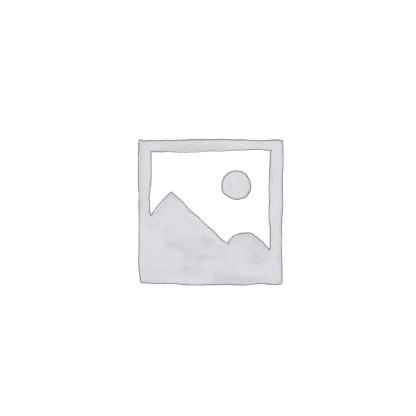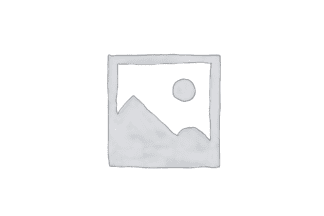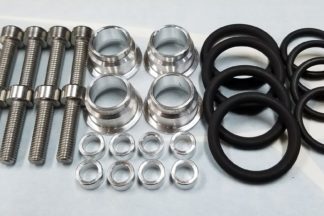Description
How does it work
Subaru was kind enough to leave a blank spot on the EJ20G ECU board for an off-chip Eprom. The first generation STis used this to add special STi tuned eproms to the standard WRX ECUs. For the V2 STis, they stopped adding the extra chips and starting their own ECUs. GroupN ECUs used added chip tunes as well. On the non-chipped factory ECUs, the main board needs to have an IC socket soldered to it and then the Eprom can be fitted. Once the jumper J1 is cut the ECU will run the code from the chip. Subaru chose a non-standard Eprom that has been out of production for quite some time. When I started making tunes about 16 years ago, old stock was still available. Once that ran out I started making my own tune board that works as a replacement. One benefit of my tune boards is that multiple maps can be stored and selected via dip switches.
Available Tunes
Currently I offer two main tunes depending on the injectors used. My “440” tune is for the stock EJ20G injectors which are grey top (440cc/min) injectors. This tune is safe for running 16psi with the TD05 turbo. My “550” tune is uses the factory MY’04-06 STi/LegacyGT/ForesterXT yellow sidefeed injectors (actual flow is 525cc/min). This tune is good to 18-19psi on the TD05 before the stock MAF EJ20G begins to max out. It is important to note that the Ver 3/4 (EJ20K) cars also used yellow sidefeed injectors, but they are not the same and only flow 480cc/min and cannot be used. To go further ONLY the specific two types of original Subaru injectors listed above can be used with my tunes. Be careful with used “reconditioned” yellow side feed injectors that are sold (typically on ebay) as OE parts. If they do not have the multihole nozzle caps, they are not original and should not be used. It is also important to note that there is a lot of misinformation on the flow rates of these injectors. To put it simply, ignore everything else you read and trust my numbers.
Tune Details
My tune modifies the fuel and ignition tables to better suit 91/92 octane. The factory JDM tables are too advanced in the midrange for our best commonly available fuel. The result is a lot of negative learned (and immediate) knock correction. This essentially punishes the entire operating range and the net effect is lower and inconsistent power. Along with performance degradation is the danger of sustained and uncontrollable knock. By modifying the ignition tables I have both reduced knock in the midrange and added more advance in the top end. Given that however, my main tuning strategy is to not tune to the ragged edge. This means the ECU still has a bit of room to learn more ignition advance with higher octane, meth injection, better intercooling, etc. The Subaru ECU is very flexible in attempting to achieve the most advance for the given knock conditions. In addition to the main tables, I also modify the ECU limiters; speed cut, boost cut, red line. Where the limiters are set is up to you, but I will give my recommendations. The stock boost is raised, but I generally require the addition of a cheap manual boost controller, or an expensive electronic boost controller.
Added functionality
I have hand generated my own assembly code and patched it into the Subaru code (and yes I am quite proud of this) First, I have increased the aggressiveness of the ECU to add timing advanced based on lack of knock feedback. This means that when the ECU goes through its normal periodic algorithm for finding the max advance multiplier, it starts out more optimistic, and results in more consistent performance. I have added a two step rev limiter Launch Control. The last feature that I have added is a knock indicator that uses the stock Check Engine Light. When the ECU flags a real knock event and prepares to take action, the CEL will flicker giving the user a warning. I also have the ability to permanently remove error codes. By default I turn off error code 44 so the stock boost control solenoid can be removed.
What kind of results can one expect?
My dyno results were 287HP, 261Ft-lbs at the wheels which estimates to 340 crank HP. Stock for this motor is 260crank HP. As far as drivability goes, on my previous 60miles/day mostly highway commute I would typically log about 25-27mpg. I had seen as high as 30mpg on long trips. I run a standalone on my MR2 so I can tolerate a lot of small annoyances in the name of performance. My wife cannot. The biggest testament to drivability is that when she is forced to drive my car, there is nary a complaint.
What do I need to do prior to the tune?
- Your car needs to be running well. Any problems before the tune, will be problems (usually worse) after you turn the boost up
- You need the matching components for the tune, i.e. the right engine with 8.5:1 or less compression ratio (JDM EJ20G Forester motor is 9:1 and IS NOT COMPATIBLE), the matching injectors for the tune (cleaned and flow tested is ideal), the matching green label JECs MAF, a fuel pump that can flow enough for the injectors.
- You will need an aftermarket boost controller. The reason for this is that the only way to setup the ECU boost control maps is to spend a lot of time on that specific car. Any variation in mods will cause boost control issues (slow response, spiking, overshoot, etc). I recommend a good ball and spring type MBC, or any of the popular EBC.
- The factory EJ20G spark plug coils will fail without a doubt. I highly recommend converting to the newer style coils. I recommend following my coil conversion instructions posted to NASIOC (posted EONS ago).
What are my tune options?
After you purchase your tune, you will be given a form to select your options. If you do not see it, send me an email.
Options to choose from:
- Default Injector Tune (440 or 550)
- Launch Control (not applicable for AT equiped cars)
- Boost cut
- Rev Limiter
- Idle RPM
Standard Options include:
- CEL knock indicator
- Speed limiter removal
- CEL code 44 removal



